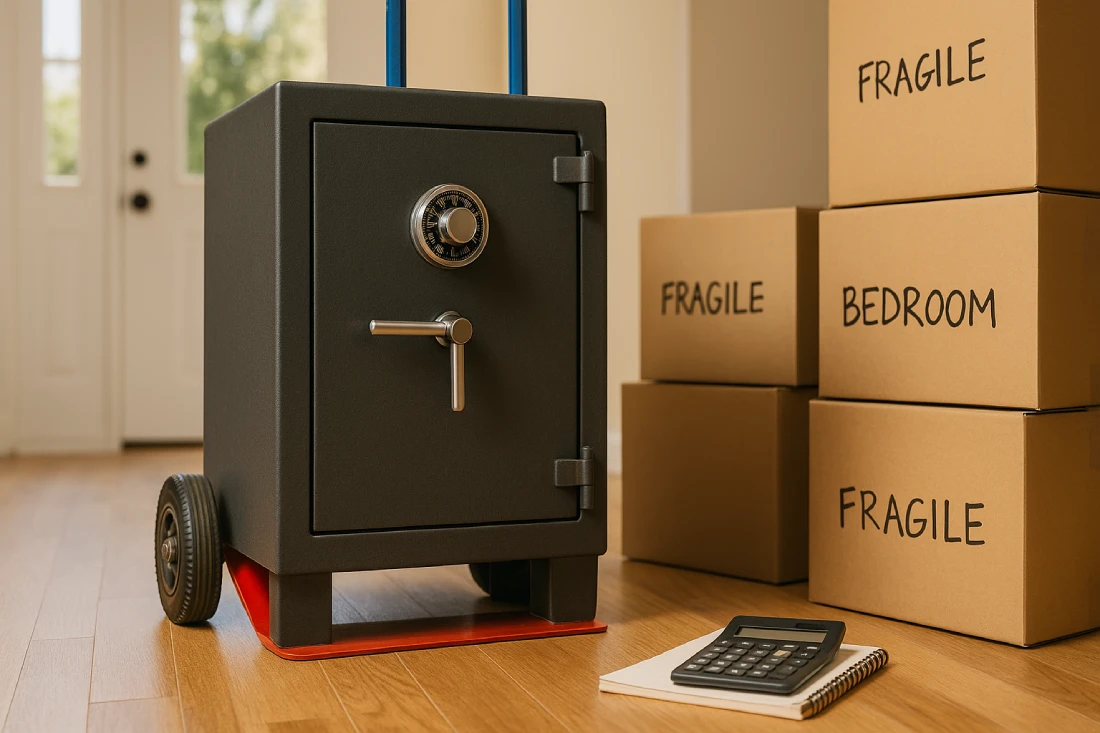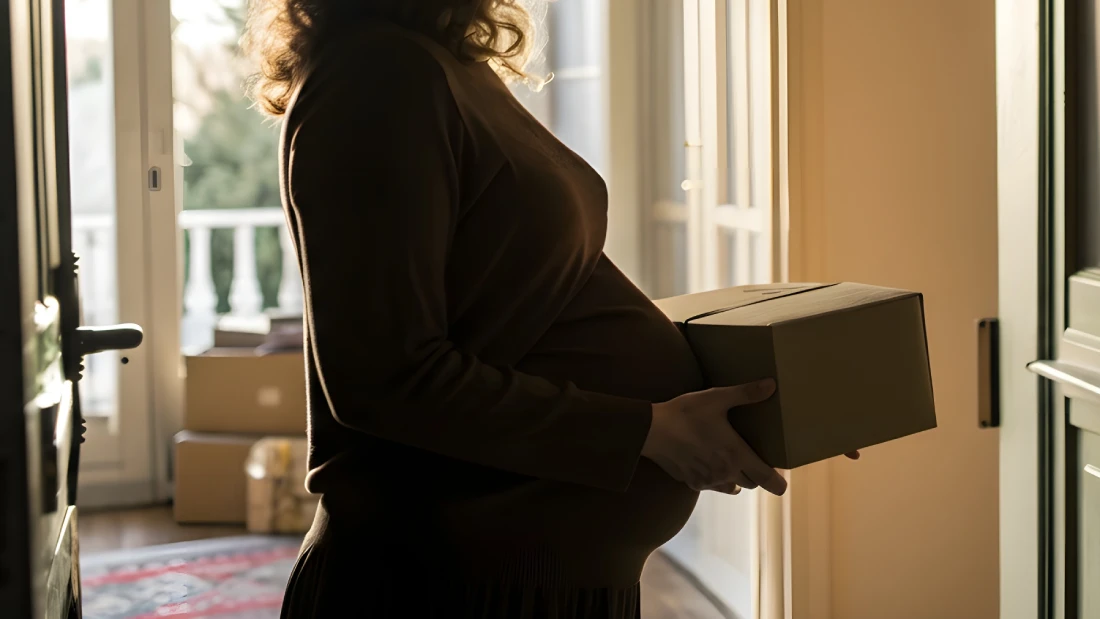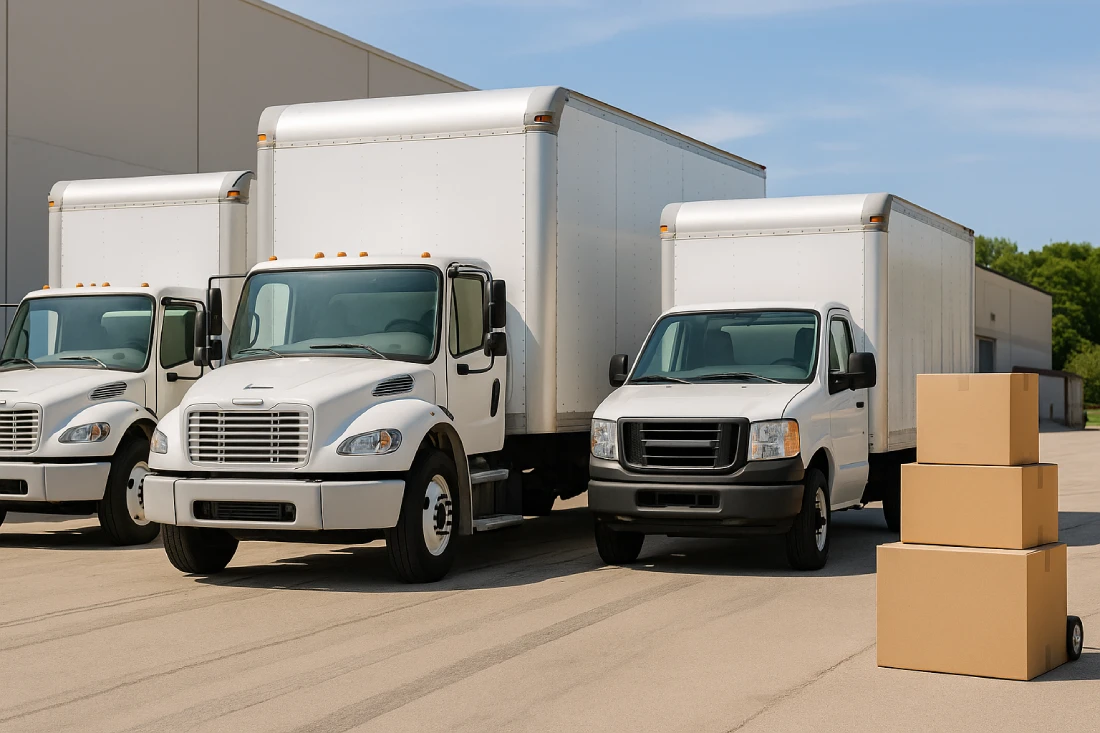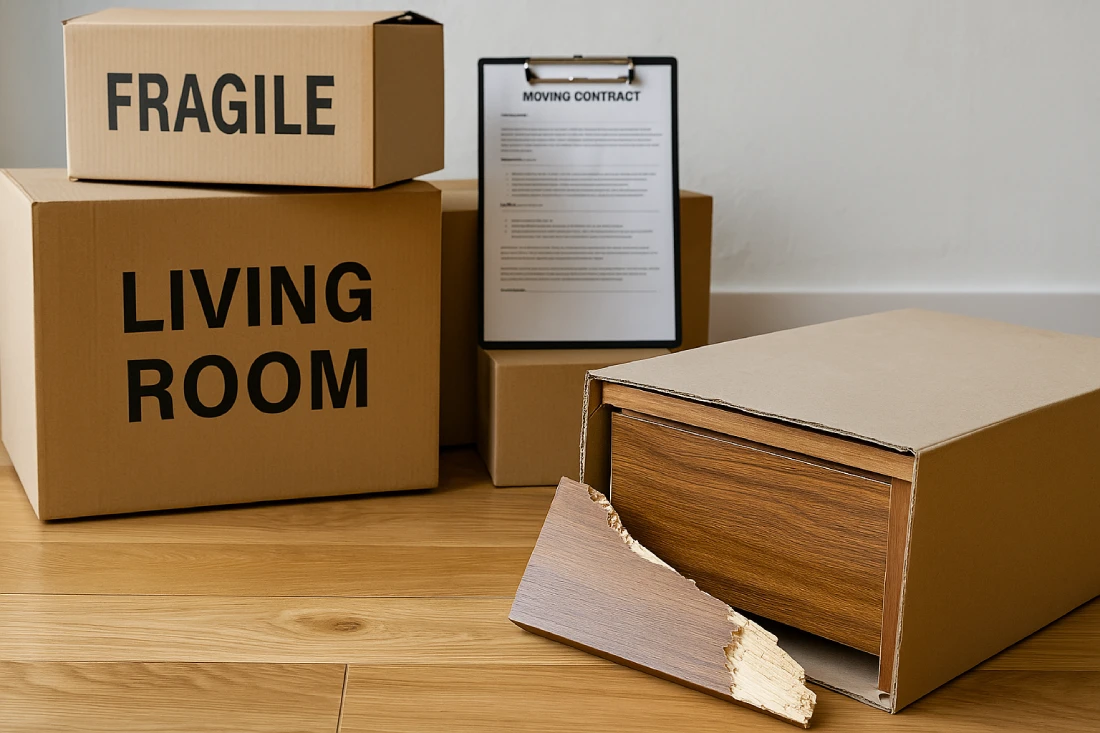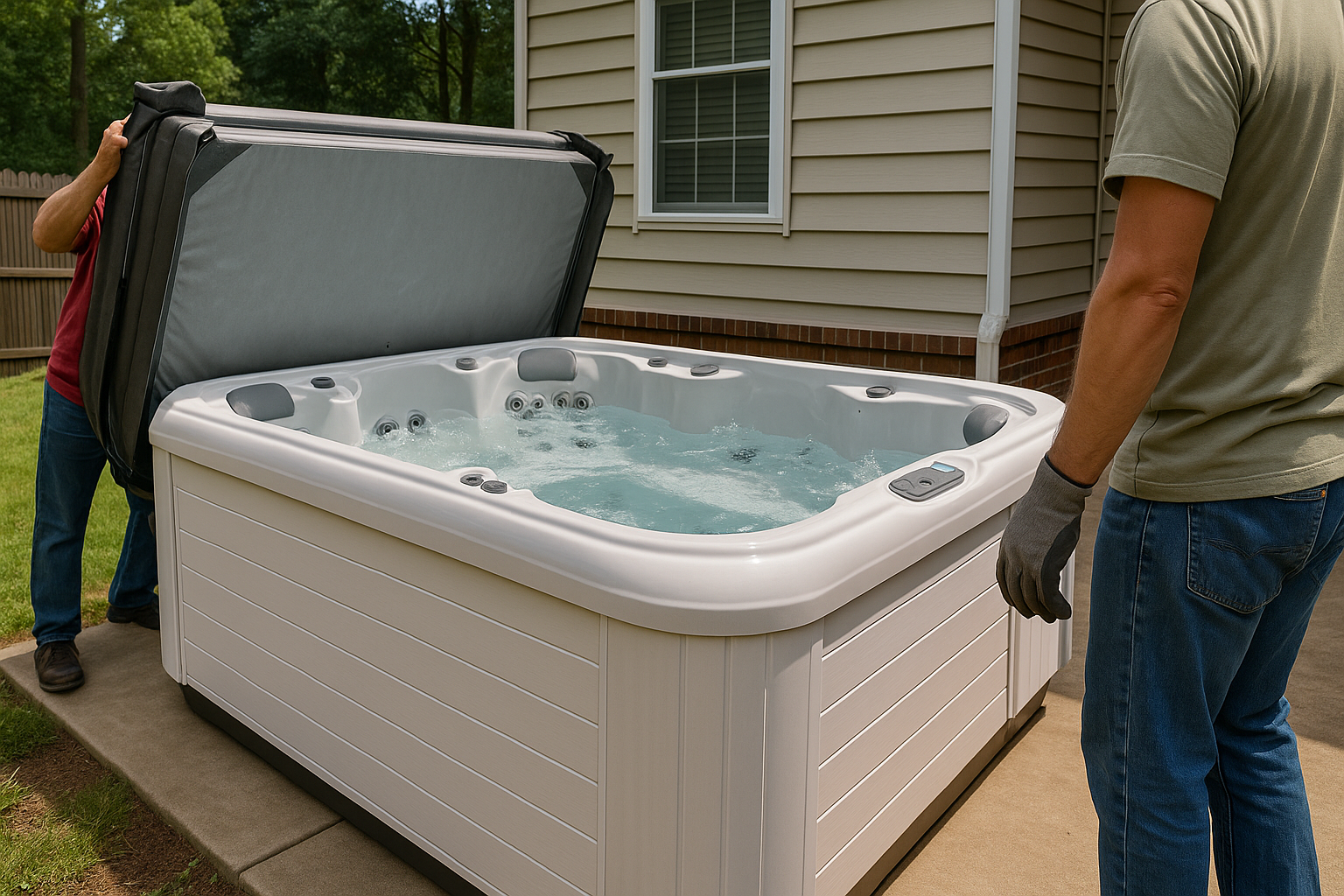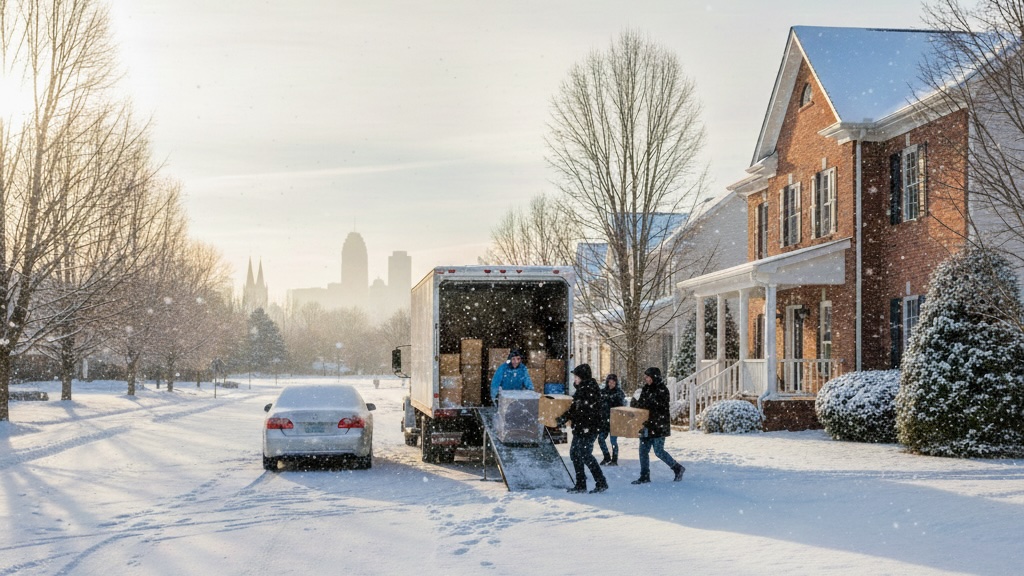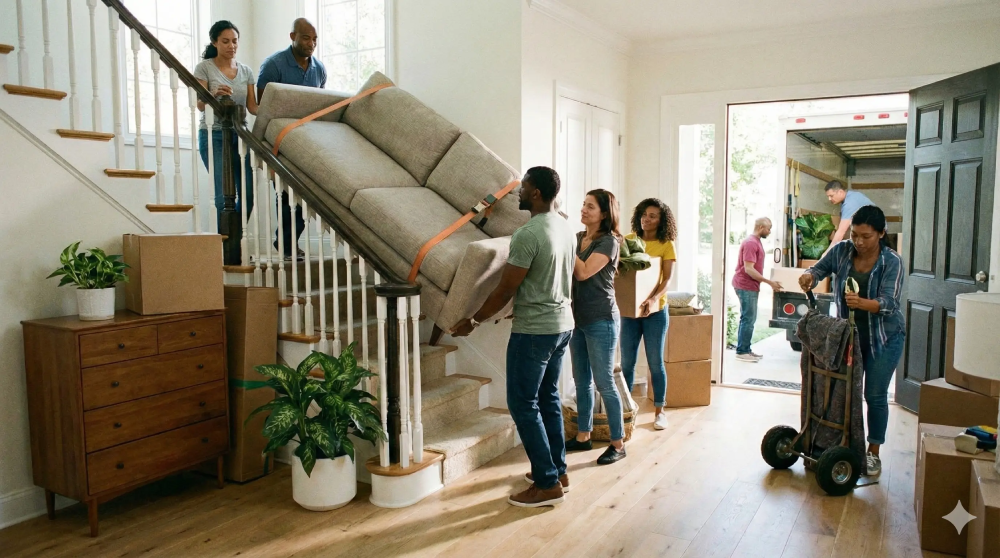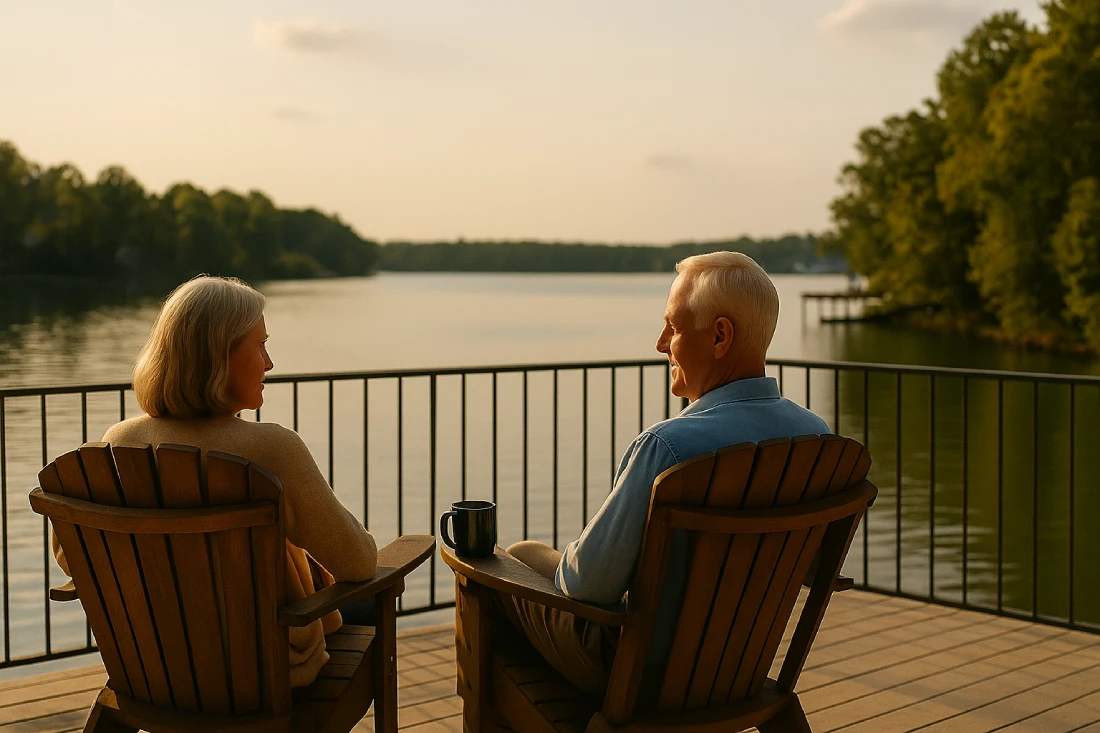Moving involves much more than packing boxes for seniors. It's a major life change that requires careful planning and emotional support. Whether you're moving to a smaller home, an apartment, or an assisted living community, the right approach can reduce stress and make the experience smoother for you or your loved ones.
This article covers important moving tips for seniors, including creating a realistic timeline, downsizing effectively, choosing the right professional help, and settling into your new space with confidence.
Why Seniors Move?
Seniors move for many reasons. Some downsize to reduce maintenance and expenses. Others relocate to be closer to family or move into senior living communities for added support and social opportunities. Whatever the reason, this transition can stir up complex emotions (excitement about a new chapter mixed with sadness about leaving a longtime home filled with memories).
Recognizing these feelings is the first step. Moving doesn't mean leaving the past behind. It means carrying forward what matters most while embracing a lifestyle that better fits current needs. With thoughtful planning, open communication, and the right support, seniors can navigate this change successfully and even find joy in the process.
The Importance of Planning Your Move Ahead
One of the most valuable moving tips for seniors is simple: start early. Rushing through a move increases stress and the likelihood of mistakes or injuries. Begin planning several months before the move date. This gives you time to sort through belongings, make decisions thoughtfully, and arrange logistics without feeling overwhelmed.
Create a timeline with specific milestones. For example, six to eight weeks out, start decluttering and donating items. Four weeks before the move, begin packing non-essentials. Two weeks prior, confirm moving company details and notify utilities. A checklist keeps you organized and helps you remember everything.
If the move involves transitioning to assisted living, factor in additional time for tours, paperwork, and coordinating with the facility about move-in procedures and what items are allowed or provided.
How to Start Downsizing and Decluttering for Seniors
Downsizing is often the most daunting part of moving for seniors. After decades in one home, the accumulation of belongings can feel overwhelming. The approach should be systematic and compassionate (for yourself or your loved one).
Create a Downsizing Checklist
A downsizing checklist helps break the task into manageable steps. Here's a practical approach:
- Start with one room at a time: Don't try to tackle the whole house at once. Begin with a less emotional space, like a guest room or linen closet, to build momentum.
- Sort items into categories: Use four boxes or piles labeled "Keep," "Donate/Sell," "Gift to Family," and "Trash." This makes decision-making clearer.
- Measure the new space: Know the dimensions of your new home or apartment. This helps you visualize what will fit and what won't.
- Focus on essentials and favorites: Prioritize items you use regularly and things that bring joy or comfort. Let go of duplicates and items that no longer serve a purpose.
- Digitize when possible: Scan important documents, photos, and memorabilia. This preserves memories while reducing physical clutter.
- Involve family early: If certain items have sentimental value to family members, ask them to claim those items sooner rather than later.
Handling Sentimental Items with Care
One of the hardest aspects of downsizing for seniors is deciding what to do with sentimental belongings. It's okay to keep items that truly matter, but consider creative alternatives for things you can't take with you:
- Photograph cherished items: Take pictures of furniture, decorations, or collections you're parting with. Create a photo album or digital slideshow to preserve the memories.
- Repurpose heirlooms: Turn a quilt into throw pillows, or frame fabric from a beloved dress. This allows you to keep a piece of the item in a more space-efficient way.
- Pass items on with stories: When gifting belongings to family, share the story behind each piece. This adds meaning and helps memories live on.
- Donate to meaningful causes: Giving items to charities or community organizations can feel purposeful. In North Carolina, organizations like Goodwill, Habitat for Humanity ReStores, and local senior centers often accept donations and may even offer pickup services.
Senior Decluttering Tips
Decluttering and downsizing for seniors requires patience and a gentle approach. Here are some additional tips:
- Set realistic goals: Commit to decluttering for 30 minutes to an hour each day rather than marathon sessions that lead to exhaustion.
- Get help: Ask family members, friends, or even a professional organizer or senior move manager to assist. An objective third party can help with decision-making when emotions run high.
- Don't force it: If a senior is struggling to let go of certain items, don't push too hard. Revisit those decisions later or consider a small storage unit temporarily if space and budget allow.
- Celebrate progress: Acknowledge each room or category completed. Small wins keep morale high.
Tips for Seniors Moving into an Apartment or Smaller Space
Moving into an apartment (whether independent senior living, a smaller condo, or a family member's home) requires special consideration for space constraints.
Getting the Most from Limited Space
- Choose multi-functional furniture: Opt for pieces that serve double duty, like ottomans with storage or a fold-down desk.
- Prioritize vertical storage: Use shelves and wall-mounted organizers to keep floors clear and make the space feel larger.
- Limit large furniture: A full dining set may not fit or be necessary. Consider a small bistro table or breakfast nook setup instead.
- Bring personal touches: Even in a smaller space, familiar items like a favorite armchair, family photos, and treasured decorations make it feel like home.
What Not to Bring
When moving to an apartment or assisted living, some items simply won't work:
- Large or bulky furniture that won't fit through doorways or in small rooms.
- Excessive kitchenware (many senior apartments have limited kitchen space or meals are provided).
- Hazardous items like candles, space heaters, or throw rugs that could cause falls.
- Duplicate items (one set of dishes is enough; no need for three).
Always check with the new residence about what is provided (appliances, window treatments, etc.) and what is prohibited before packing.
Assisted Living Moving Checklist: Special Considerations
Moving into assisted living involves unique logistics because the space is smaller, facilities have specific rules about what you can bring, and you'll need to coordinate closely with the community's staff and schedule. Use this assisted living moving checklist to stay organized:
- Tour the facility and meet staff: Get familiar with the new environment beforehand. Ask about move-in day procedures and any assistance they offer.
- Review the floor plan: Assisted living apartments are often smaller than traditional homes. Knowing exact dimensions helps you choose which furniture to bring.
- Confirm what's included: Most assisted living communities provide a bed, basic furniture, and appliances. Clarify what you need to bring versus what's already there.
- Label and pack essentials separately: Pack a "first-day" bag with medications, toiletries, a change of clothes, important documents, and comfort items like a favorite blanket or book.
- Update contact information: Notify doctors, pharmacies, and service providers of the new address. Arrange for mail forwarding.
- Plan for social integration: Ask the community about activities and introduce yourself to neighbors. Building connections early eases the transition.
- Personalize the space quickly: Hang photos, arrange furniture, and set up familiar routines as soon as possible to help the new apartment feel like home.
Hiring Professional Help: Movers and Senior Move Managers
Professional assistance can make a world of difference when moving seniors. It reduces the physical and emotional burden on both seniors and their families, as experts handle the heavy lifting and provide expertise handling valuable and complex items. It also helps the move go safely and efficiently, lowering the risk of injury or costly mistakes. You can learn the cost of hiring movers beforehand to budget for the service that better suits your needs.
Choosing a Moving Company
Not all movers are the same. In North Carolina, many reputable moving companies serve seniors with specialized services. Taking the time to research details, such as whether movers are responsible for damage, and booking early can provide availability and peace of mind.
When selecting a moving company for a senior move, look for:
- Experience with senior moves: Companies familiar with senior relocations understand the need for patience, care, and extra services like packing and unpacking.
- Licensing and insurance: Verify the company is licensed and insured to protect belongings.
- Transparent pricing: Get written estimates and ask about any additional fees.
- References: Read reviews or ask for references from other senior clients.
What is a Senior Move Manager?
A Senior Move Manager is a professional who specializes in helping older adults through every step of the moving process. Senior move managers are often members of the National Association of Senior Move Managers (NASMM), which sets professional standards. While their services come at a cost, they can drastically reduce stress and workload (especially valuable if family members live far away or have limited time to help).
Services typically include:
- Downsizing and decluttering assistance
- Creating a moving plan and timeline
- Coordinating with movers and service providers
- Packing and unpacking
- Setting up and organizing the new home
- Arranging estate sales or donations
Packing Tips for Seniors: Safe and Efficient Strategies
Packing for a move requires care, especially for seniors who may have mobility or health limitations. Knowing the physical labor demands beforehand and finding better learning strategies for packing a moving truck will help you time your move better and avoid over-straining.
Packing Safely
- Avoid heavy lifting: Use small boxes for heavier items like books. Pack lighter items in larger boxes.
- Label everything clearly: Mark boxes with the room they belong in and a brief description of contents. Use large, easy-to-read labels or color-coded stickers.
- Pack an essentials box: Include medications, glasses, phone chargers, snacks, and anything needed immediately upon arrival at the new home.
- Protect fragile items: Wrap dishes, glassware, and keepsakes in bubble wrap or packing paper. Don't overload boxes with breakables.
- Keep important documents separate: Carry medical records, legal papers, and valuables personally rather than packing them with household goods.
- Use packing as an opportunity to organize: Group similar items together (all bathroom supplies in one box, all bedroom linens in another). This makes unpacking much easier and helps you settle in faster.
Discover more helpful moving hacks in our dedicated guide on the subject.
Moving Day Tips for Seniors
Moving day can be chaotic, but with preparation, it doesn't have to be overwhelming.
- Arrange for help: Have family, friends, or hired help on hand. Seniors should not be lifting or hauling boxes.
- Stay out of the way safely: If possible, seniors might stay with a friend or in a comfortable area while the heavy moving happens, then return when the bulk of the work is done.
- Keep essentials accessible: Have water, snacks, medications, and a phone readily available throughout the day.
- Do a final walkthrough: Before leaving the old home, check closets, cabinets, and storage areas so nothing is left behind.
- Take breaks: Moving is exhausting. Build in time to rest and recharge.
- Supervise gently: If the senior wants to be involved, let them direct where items go or make decisions, but don't expect them to do physical labor.
Settling into the New Home: Making It Feel Like Home
The move isn't over once everything is in the new place. Settling in is a process that takes time and intentionality.
Set Up Key Spaces First
Prioritize the bedroom, bathroom, and kitchen. Having these functional spaces ready provides comfort and normalcy. Make the bed with familiar linens, hang towels, and stock the kitchen with essentials so daily routines can resume quickly.
Personalize and Decorate
Hang favorite photos, display cherished keepsakes, and arrange furniture in a way that feels familiar. Even small touches (a beloved lamp, a cozy throw blanket) make a big difference. Encourage the senior to be involved in these decisions to foster a sense of ownership and control.
Maintain Routines
Keeping familiar routines helps ease the transition. Eat meals at the usual times, watch favorite TV shows, continue hobbies, and stay connected with friends and family. Routine provides stability during a period of change.
Home Safety Modifications
Before or right after moving in, check the new home for safety:
- Install or check smoke detectors and carbon monoxide alarms.
- Add grab bars in the bathroom if needed.
- Remove tripping hazards like loose rugs or clutter.
- Make sure there's good lighting, especially in hallways and staircases.
- Arrange furniture to allow clear, wide pathways for walkers or wheelchairs.
Taking these steps early prevents accidents and helps the senior feel secure in their new environment.
Helping Seniors Cope with the Emotions of Moving
Moving is more than a logistical challenge; it's an emotional journey. Seniors may feel grief over leaving a home filled with memories, anxiety about the unknown, or loss of independence. Adult children and caregivers play an important role in providing emotional support.
Open Communication
Talk openly about the move. Ask how they're feeling and listen without judgment. Acknowledge their emotions: "I know this is hard, and it's okay to feel sad." Validating feelings helps them process the change.
Involve Them in Decisions
Give seniors as much control as possible. Let them choose which furniture to keep, how to arrange their new space, and what to do with sentimental items. Feeling involved reduces feelings of helplessness.
Honor the Past
Consider a small "farewell ceremony" for the old home. Gather family for a final meal, share favorite memories, or take a last walk through the house together. This ritual provides closure and honors the significance of the home they're leaving.
Focus on the Positives
While acknowledging challenges, gently highlight the benefits of the move: no more yard work, closer to grandchildren, new friends and activities, and a safer environment. Balance realism with optimism.
Be Patient
Adjustment takes time. It's normal to feel homesick or unsettled at first. Encourage patience and remind them that many seniors do well in their new environments once they settle in and build new routines and connections.
Local Resources in North Carolina
If you're moving within North Carolina, take advantage of local resources to make the process smoother:
- North Carolina Division of Aging and Adult Services: Offers information on senior services, including moving assistance and resources for older adults.
- Area Agencies on Aging: These regional organizations provide support and referrals for seniors, including help with transitions and relocations.
- Local charities and donation centers: Goodwill, Salvation Army, Habitat for Humanity ReStores, and local churches often accept donations and may offer free pickup services, easing the downsizing process.
- Senior centers and community groups: Many offer workshops on downsizing, moving, and adjusting to senior living. They can also connect you with volunteers or resources.
Tapping into these local supports adds a layer of community help and can make the move feel less isolating.
Final Thoughts: Embracing the Transition with Confidence
Moving as a senior, or helping a senior move, is a significant life event. It requires careful planning, physical effort, and emotional resilience. But with the right approach, it can also be a positive and empowering experience. By starting early, downsizing thoughtfully, seeking help when needed, and focusing on both the practical and emotional aspects of the move, seniors can transition to a new home that better suits their needs and lifestyle.
Remember, every move is unique. Some seniors embrace change enthusiastically, while others need more time and support. Be patient, compassionate, and flexible. Celebrate small victories along the way, and don't hesitate to lean on professional moving help to lift heavy items. In addition to local services and community support when needed.
Frequently Asked Questions About Moving for Seniors
When is the best time of year for seniors to move?
Spring and fall offer mild weather in North Carolina, avoiding summer heat and winter ice. The best time is when the senior is emotionally ready and has adequate support available.
How can we make a senior's new apartment feel like home quickly?
Set up the bedroom first with familiar bedding and furniture, hang family photos right away, and maintain usual routines. Personal touches like favorite chairs, lamps, or blankets create comfort and continuity in the new space.
What if a senior is resistant to moving or downsizing?
Resistance is common and often rooted in fear of change or loss of independence. Start conversations early, listen to concerns without dismissing them, and involve the senior in decision-making. Sometimes, bringing in a neutral third party, like a senior move manager or counselor, can help. Focus on the benefits of the move and give them time to process emotions at their own pace.
Should we hire professional organizers or packers for a senior move?
Professional packers and organizers can be extremely helpful, especially if the senior has limited mobility, health issues, or a large home. They work efficiently, know how to handle fragile items, and reduce physical and mental stress. While it's an added expense, many families find it worthwhile for the peace of mind and time saved.
How do we handle important paperwork and medical records during a move?
Keep all important documents (medical records, legal papers, insurance information, identification) in a clearly labeled folder or box that travels with the senior, not with the moving truck. Notify doctors, pharmacies, and healthcare providers of the address change in advance, and ensure prescriptions are filled before the move to avoid gaps in medication.





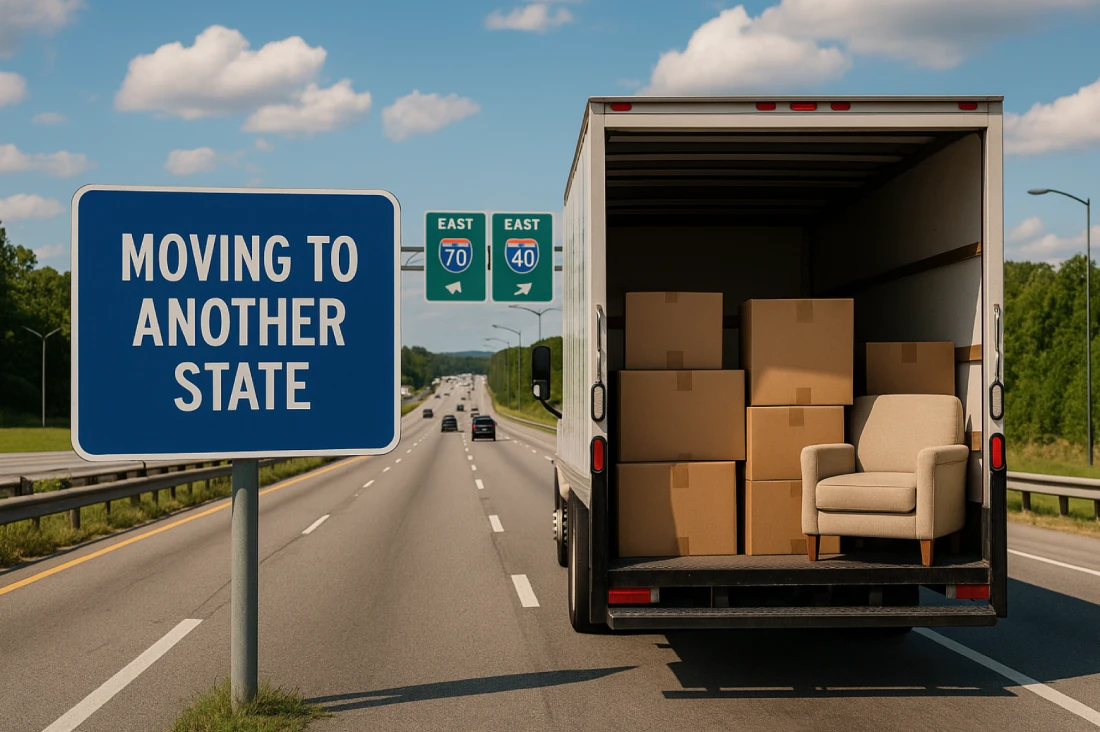




.webp)



